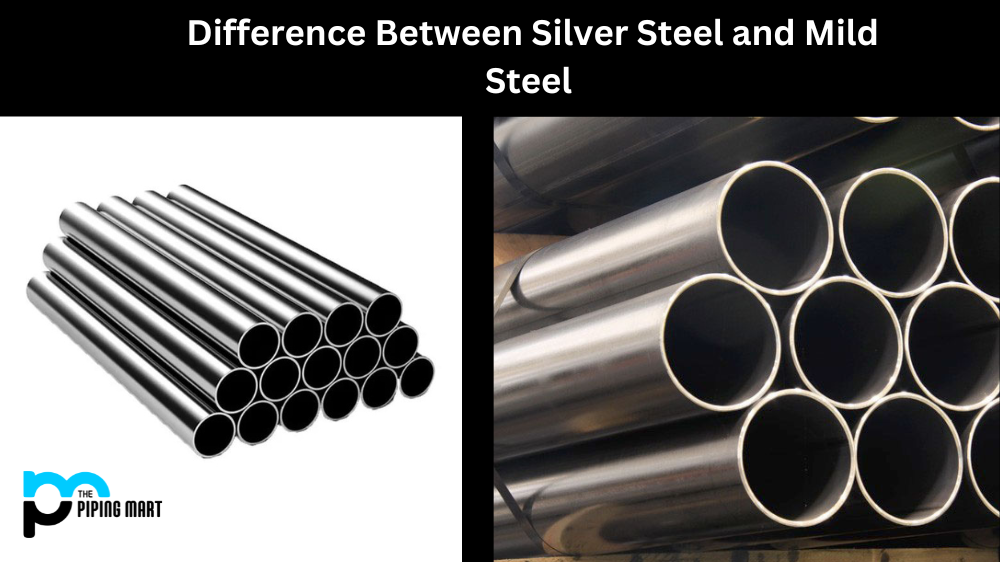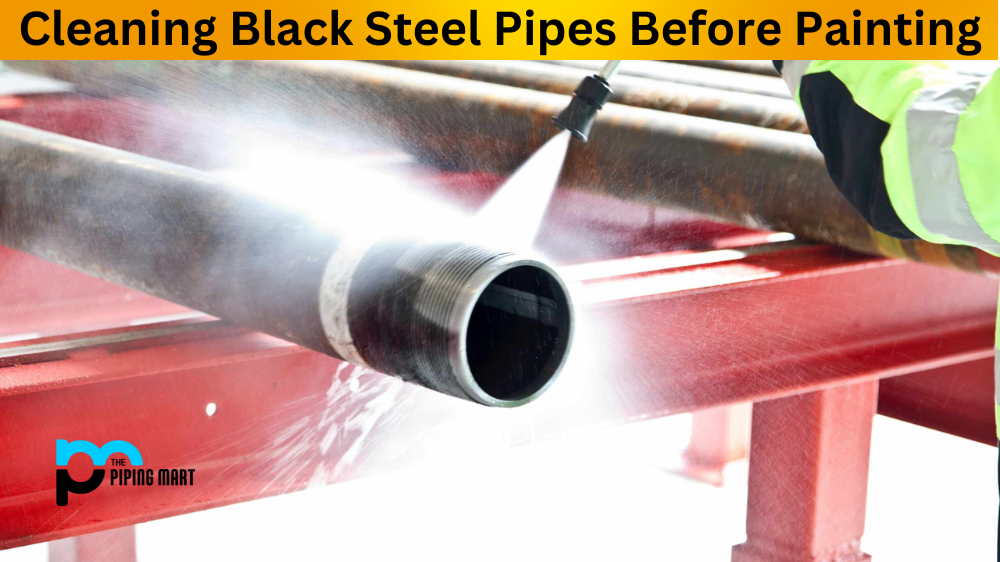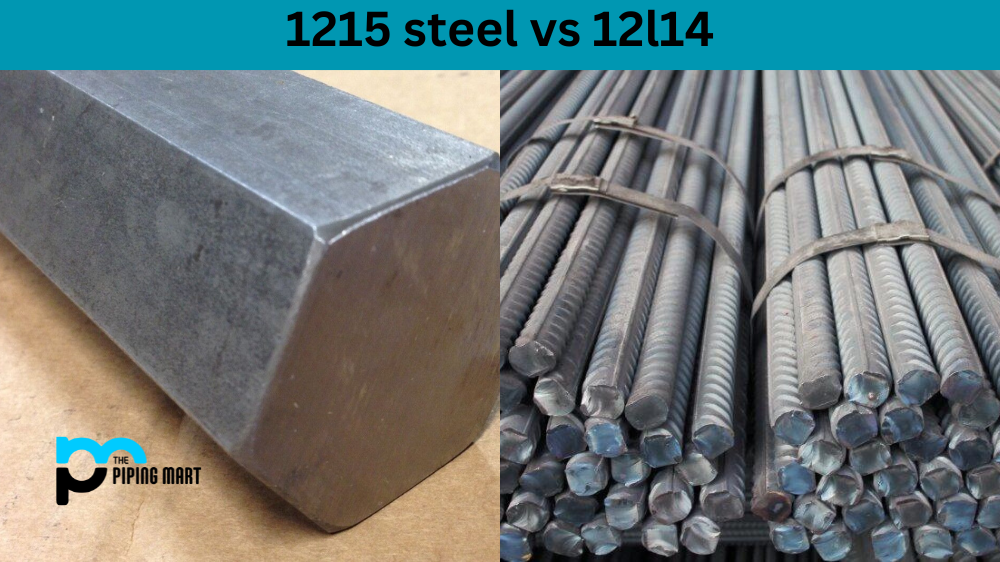If you’re looking for a strong and durable steel option, it’s important to know the difference between silver and mild steel. Both are popular for construction projects but have different properties that make them better suited for specific applications. In this blog post, we’ll explain the differences between these two types of steel so that you can make an informed decision about which is right for your needs.
Difference Between Silver Steel and Mild Steel
Silver steel is a high-carbon tool made from iron, carbon, and molybdenum alloy. It is much harder than mild steel and has higher wear resistance. This makes it ideal for making precision tools such as chisels or punches that require sharp edges with longevity. It also has excellent hot-working characteristics, allowing it to be easily shaped into parts with complex geometries.
Mild steel, on the other hand, is made from an alloy of iron and carbon with small amounts of manganese, sulfur, phosphorus, and silicon added in some cases. It has a lower carbon content than silver steel and isn’t as hard or wear-resistant. This makes it well-suited for applications where strength is less necessary, such as pipes or structural supports in buildings. It also has good machinability qualities, which allow it to be easily cut into parts with precise shapes and dimensions without too much difficulty.
Hardness
One of the primary differences between silver and mild steel is their hardness. Silver steel is much harder than mild steel due to its higher carbon content. This increased hardness makes silver steel more resistant to wear and tear, as well as more resistant to damage from impact. Additionally, the increased hardness of silver steel makes it more difficult to machine, which can increase production costs.
Strength
Another difference between silver steel and mild steel is their strength. Silver steel is stronger than mild steel due to its higher carbon content. This increased strength makes silver steel more resistant to deformation under load, making it ideal for use in applications with high loads. Additionally, the increased power of silver steel can make it more difficult to weld, increasing production costs.
Cost
Due to its increased hardness and strength, silver steel is typically more expensive than mild steel. Additionally, the increased difficulty of machining and welding silver steel can add to its cost relative to mild steel. However, silver steel’s superior properties may be worth the additional cost for some applications.
Conclusion:
Whether you choose silver or mild steel will depend on your application needs. Silver steel offers superior hardness and wear resistance, while mild steel provides better machinability at a more economical price. Ultimately, the best choice will depend on your application requirements, so consider all factors before deciding which one is right for you!

A passionate metal industry expert and blogger. With over 5 years of experience in the field, Palak brings a wealth of knowledge and insight to her writing. Whether discussing the latest trends in the metal industry or sharing tips, she is dedicated to helping others succeed in the metal industry.




